The shape of your poop the frequency of your bowel movements often reflect the current health of your intestines. These details are used to diagnose problems like irritable bowel syndrome, poor diet and incontinence. They are also used as indicators to monitor health following intestinal surgery.
In normal cases, stools should have a soft consistency and have a long cylinder shape. Stool should be easy to pass, without any pain. Small variations can happen without any type of problem behind it. Small changes are usually due to the food that was consumed.
To help standardize the evaluation of stools, the Bristol Stool Chart was made. It describes the shape and consistency of stools and indicates what is normal or expected, and what is considered to be an abnormal finding.
The 7 types of stool include:
1. Small, hard lumps
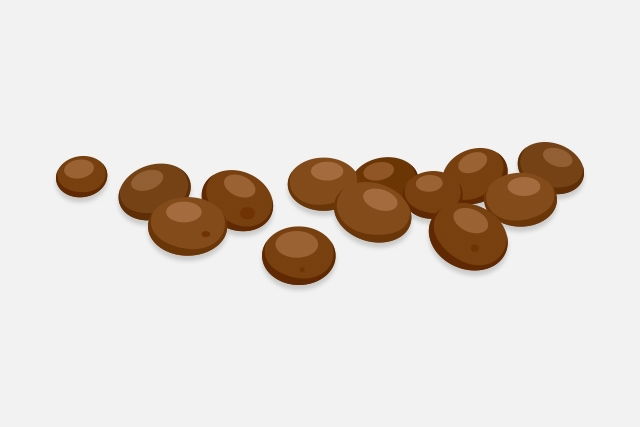
Type 1 stools are usually small hard lumps that evacuate individually. They usually difficult to pass. In general, this type of stool is associated with a mild alteration in intestinal flora, which can happen following antibiotic use or with a low-fiber diet. Learn more about fiber-rich foods you should consume to ensure optimal intestinal health.
With decreased flora and fiber in the intestine, water retention becomes more difficult. This results in hard stool that is difficult to pass which can cause anal bleeding. You may also experience decreased gas since there lower rates of fermentation occurring in the intestines.
2. Lumpy and sausage-like
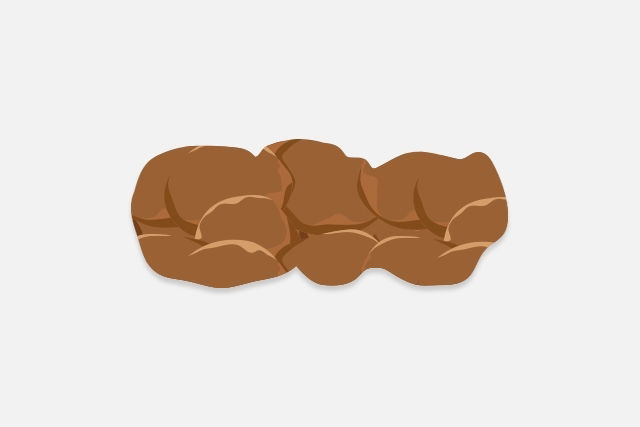
Type 2 stool are usually compacted into one single mass, but with a lumpy appearance. This type is more painful, as it is hard and its size may be larger than the actual anal size. While evacuating, it is important not to strain too hard to prevent bleeding, fissures, hemorrhoids or diverticulosis.
The most common causes of this type of stool are hemorrhoids, anal fissures, delays in pooping or a history of chronic constipation. Having these symptoms for a prolonged period of time can lead to irritable bowel syndrome, and this happens due to continued pressure from large quantities of stool against the intestinal walls. This type of stool can be treated by using probiotics and medications that promote intestinal flow, in addition to a balanced diet.
Check out ways you can relieve constipation naturally.
3. Sausage shape with cracks on the surface
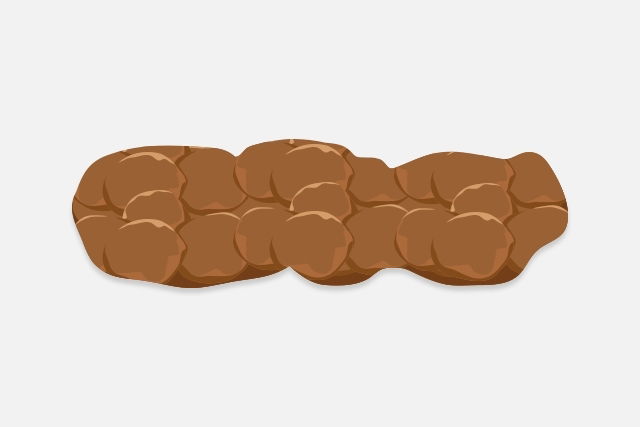
This type is very similar to type 2, however the stool spends less time in the intestines. This allows the stool size to be smaller and the frequency of bowel movements to be more regular. There is usually some straining when evacuating however.
The causes and consequences of this type are similar to type 2, especially the presence of irritable bowel syndrome and the occurrence of hemorrhoids. Learn more about the difference between internal hemorrhoids and external hemorrhoids.
4. Smooth sausage or snake
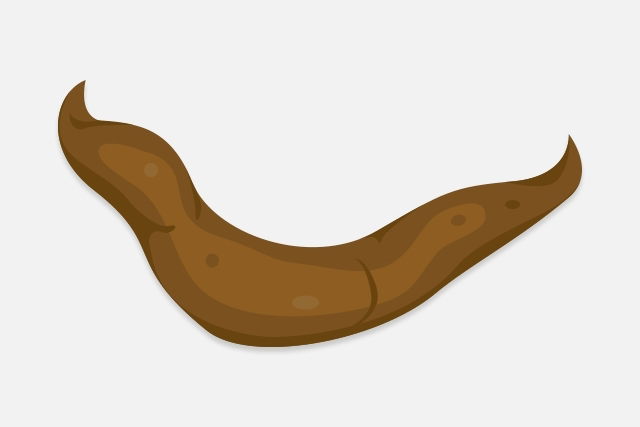
Type 4 stools are usually long, smooth and soft, similar to a sausage or a snake. It is a normal finding for stool. Generally, it has a diameter of about 1 to 2 cm, and does not require any straining.
5. Soft blobs with clear-cut edges
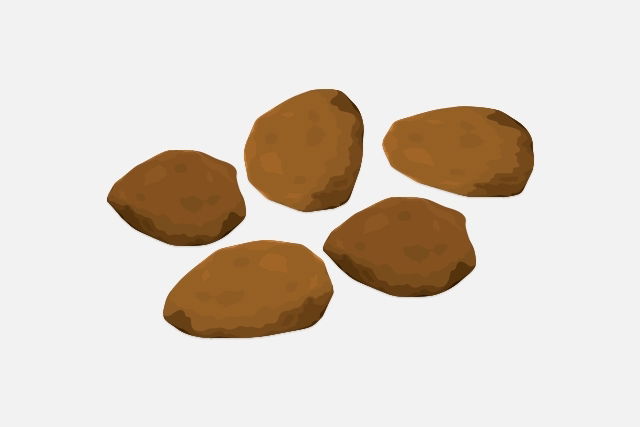
Type 5 is characterized by separated pieces of stool that are soft with well-defined borders, making them easy to evacuate. People with this type of stool will usually have 2 or 3 bowel movements per day, usually after large meals.
6. Mushy consistency with ragged edges
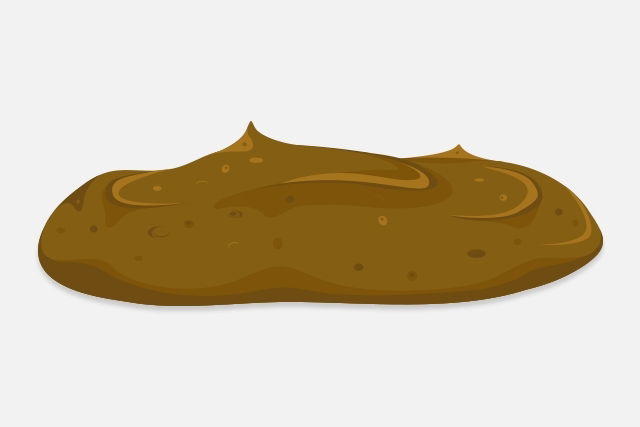
This type of stool is mushy and has irregular edges. It is often very difficult to hold in, and is often messier to clean up (many people will often opt to shower after this type of bowel movement instead of wiping with toilet paper).
Type 6 can be associated with a slightly overactive colon, excess potassium in the diet or sudden dehydration. It can also happen with increased blood pressure from stress, frequent use of homemade spices, or excessive use of energy drinks or laxatives.
7. Diarrheia
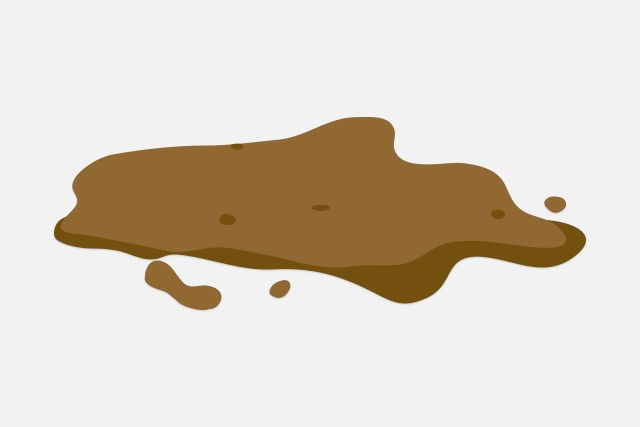
Type 7 is referred to as diarrhea, which are completely liquid stools without any solid pieces. They are usually accompanied by signs of dehydration as well as abdominal pain.
It can be caused by many types of illnesses, like viruses, intestinal infections and lactose intolerance. It is often common in children or older adults that do not have adequate amounts of intestinal flora that help with digestion.
Generally speaking, stool types 3, 4 and 5 are considered to be normal, especially when bowel movements are regular.
